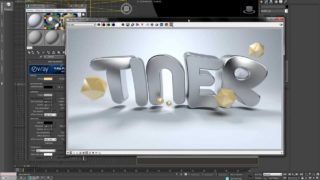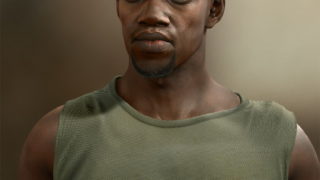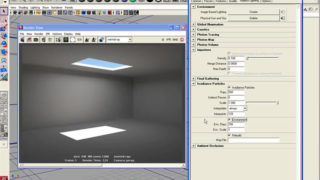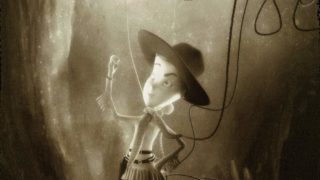
Making of Worker Robot
I decided to create the robot I’ve been imagining since childhood. I think the most important thing that helped me in the creation of the robot was the beautiful inspiration of the Brazil movie
Introduction
The first time I watched Brazil by Terry Gilliam, I was so excited that I wanted to life in that town. I was affected by the technology that people were using, the difference in computers, transport, weapons, architecture and even dress styles. This technology, despite its gravity, made me laugh sometimes and I enjoyed all of the components which I’d never experienced in other movies. For me this style and level of technology was so lovable and amazing that I watched it several times.
Since childhood I’ve been crazy about robots and I’ve always wanted to design one. This movie motivated me a lot and gave me some cool ideas (Fig.01).

STEP 1: Concept & Modeling
I started by practicing with geometric objects, but no concept drawing on the paper. As a child I always wanted to have a robot that could help me to do my jobs, so I decided to make a worker robot with a bow waist, like a humpback. In this step I used spherical objects and started the robot based on a sphere and a hemisphere. I constructed a general structure and then I inserted details step by step (Fig.02).

Here I converted the sphere to Editable Poly and then started modeling (Fig.03 – 04).


After modeling the body I started to work on some details (Fig.05 – 06).


I designed the feet on the basis of the arms. Here you can see a short process (Fig.07 – 08).


Here is the first render of the finished model of the worker robot (Fig.09).




STEP 2: Texturing
I rendered my model from different views then inserted them into Photoshop. By using layers I tested some different color themes on the robot to find a suitable color. I wanted to invent a hot robot, like an old heater, so I decided that the best theme was orange and cream. I chose materials based on these colors and I designed it (Fig.10 – 11).


Here are the first materials, which I created with combination of different maps (Fig.12).

Then I added some dirt and details (Fig.13).

STEP 3: Lighting
For lighting I used a combination of VRay lights and Standard lights. You can see the angle and multiplier of every light in Fig.14.

STEP 4: Rendering
Here are my render settings and the result (Fig.15 – 16).


STEP 5: Post-Production
This is the material I designed in Photoshop for the floor (Fig.17 – 18).


After adding background to my work space, I rendered the final image. I wanted to add some steam so I used Photoshop brushes and a Gaussian Blur filter for some sections. For the final touches I worked a little on the brightness and contrast of image to get the final result (Fig.19).

The final image can be seen in (Fig.20 –21– 22).



Conclusion
After a few days, when I was out of the technical process, I looked at the result and felt I’d managed to create the robot I’d been imagining since childhood. I think the most important thing that helped me in the creation of the robot was the beautiful inspiration of the Brazil movie, so thanks to Terry Gilliam for that!








